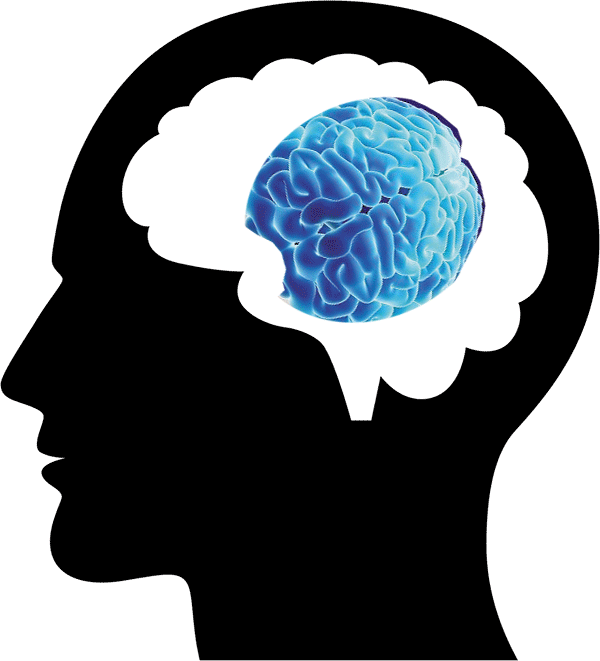

By: Dr.Layeeq-ur-Rahman Khan
Introduction
Examples include thievery, racketeering, drug dealing, and prostitution. In children and adolescents this condition is also known as juvenile delinquency. |
Epidemiology:
|
Etiology:Antisocial behavior may be influenced by,
|
Genetic Factors:
There is a high incidence of abnormalities during development in womb and birth in children who subsequently display antisocial behavior. There also is an association between attention-deficit hyperactivity disorder and antisocial behavior. |
Environmental Factors:Studies note that in neighborhoods in which low socioeconomic status (SES) families predominate, the sons of unskilled workers are more likely to commit more numerous and more serious criminal offenses than are the sons of middle-class & of skilled workers, at least during adolescence and early adulthood. Areas of family training used in middle SES parents are:
The important factor seems to be family discord and disharmony, rather than parental absence. Antisocial behavior is associated with the use and abuse of alcohol and drugs. Violent antisocial acts are also associated with the easy availability of handguns. |
Psychological Factors:If the parenting experience is poor, children experience emotional deprivation, which leads to low self-esteem and unconscious anger. They are not given any limits, and their consciences are deficient because they have not internalized parental prohibitions that account for values formation. Therefore, they have so-called superego (conceptual part of mind that determines right & wrong) lacunae, which allow them to commit antisocial acts without guilt. A consistent fading in persons with repeated acts of violent behavior is a history of physical abuse. |
Clinical Features:Persons with antisocial behavior have difficulties in work, marriage, money matters, and conflicts with various authorities. The childhood behaviors most associated with antisocial behavior are theft, incorrigibility, truancy, running away, associating with undesirable persons, and staying out late at night. |
Treatment:In general, antisocial behavior provokes great therapeutic pessimism. That is it is difficult for therapists to have much hope of changing a pattern of behavior that has been present almost continuously throughout the patient’s life. Psychotherapy has not been effective, and there have been no major breakthroughs with biological treatments, including the use of medications. There is more stress on the use of therapeutic communities and other forms of group treatment. Many delinquents who are incarcerated and in institutional settings have shown some response to group therapy approaches. The history of violence, criminality, and antisocial behavior has shown that they seem to decrease after age 40. |
Prevention:Because antisocial behavior begins during childhood, one must focus on delinquency prevention. Any measures that improve the physical and mental health of socioeconomically disadvantaged children and their families are likely to reduce delinquency and violent crime. Since many recurrently violent persons have sustained a multiplicity of insults to the central nervous system (CNS), starting prenatally and continuing through childhood and adolescence, programs need to be developed to educate parents of the dangers to their children of CNS injury, including the effects of drugs and alcohol on the brain of the growing fetus. Public education regarding the releasing effect of alcohol on violent behaviors ( not to mention its contribution to vehicular homicide) may also reduce crime. There is universal recognition that the media have propaganda potential. The most successful preventive measures within the field of medicine have come from community-wide public health programs ( such as the campaign against smoking. |